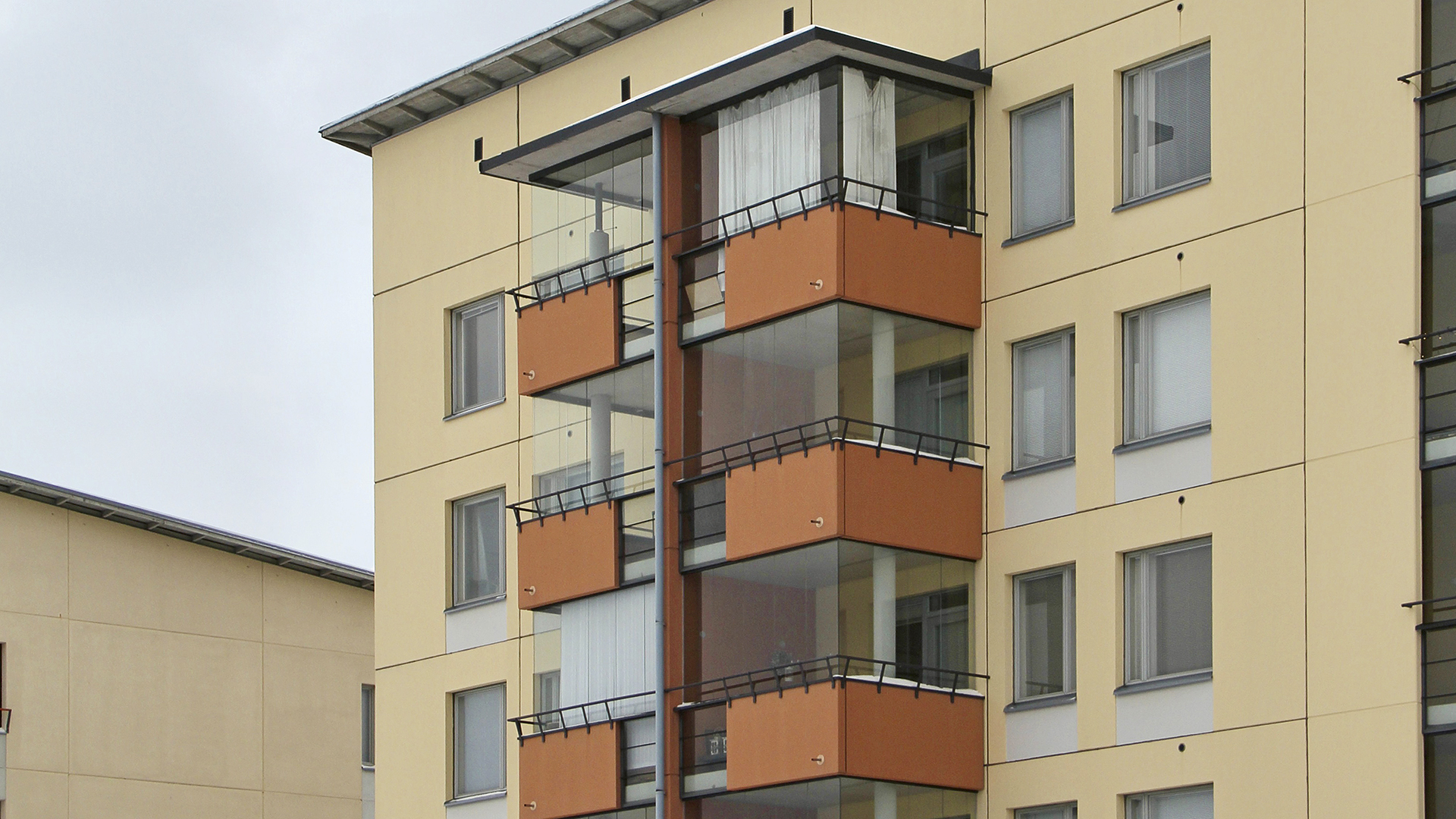In English | ISSUE 1/2023

In Central Europe and Scandinavia, alkaliaggregate reaction typically occurs in massive concrete structures such as bridges and dams, as well as in concrete roads and parking buildings. Despite the similarities between the bedrock of Sweden and Finland, unlike Sweden, Finland has been considered an alkali-aggregate reaction (AAR) free country, due to the exceptional quality of its rock. More than half of the bedrock in Finland consists of granitoids, usually considered non-reactive or low reactive. However, approximately 200 AAR cases have been reported in Finland during last ten years. AAR has been found all over Finland and all kinds of structures which are in continuous water contact or exposed to long lasting high moisture. Initiation time is relatively long, 20–30 years in swimming pools and 40-50 years in bridges. Based on these findings, a national guideline for handling AAR in Finland has been published 2022.
The purpose of this study was to survey the possibility of AAR in existing Finnish concrete facades and balconies based on thin section analyse reports made during 1993 and 2022. The research data consists of 2503 petrographic thin section analysis reports made during condition investigations of concrete facades and balconies.
The most common aggregates were granite, gneiss and quartz/quartzite. Despite very likely alkali-reactive rocks (gneiss and quartzite), only three samples AAR was detected. Also, phyllite and different schists were reported a lot, so there is plenty of potentially reactive rocks in facades and balconies. The AAR potential is the highest at the concrete facades and balconies build during 1990 and 1999.